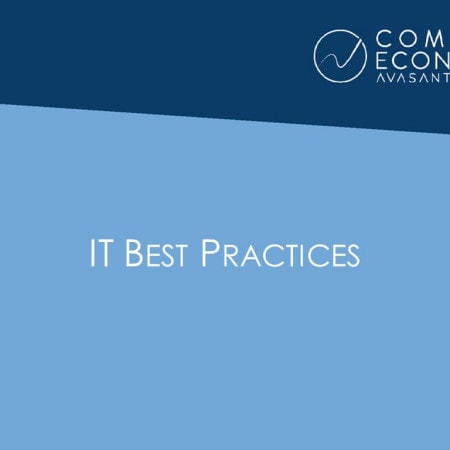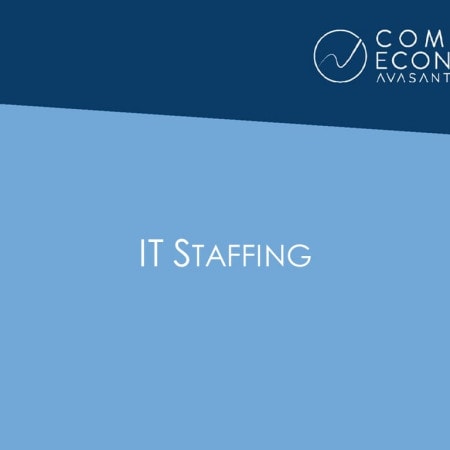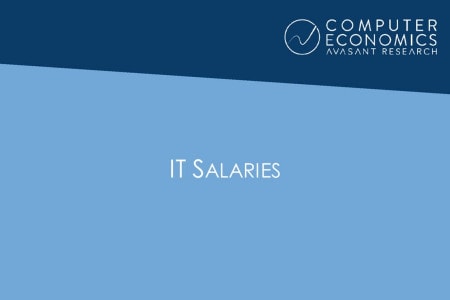-

Design Considerations for Membership Organization Websites
There are very few examples of membership organizations with well-designed websites. Currently, the front pages of many organizations' sites simply have a navigation bar on the left side with blocks for buttons that begin at the top of the screen and continue down. Surprisingly, community features are usually lacking on these sites, which usually represent a membership body--a natural community. This article provides suggestions for enhancements that can help organization websites better serve their members.
August, 2002
-

Why Web Content Should Not Be Free
Free Internet service, free music, even free PCs. Why wouldn't web users begin to think that everything on the Internet will eventually be free? There is a widespread belief in the web industry that the only truly Internet-based business model is one where web users pay nothing for content. It's time to update that model.
August, 2002
-

The Internet Agriculture Market
A total of 29 percent of U.S. farms now have Internet access, compared to 13 percent that had Internet access in 1997, according to a 3Q99 report from the National Agricultural Statistics Service (NASS), Agricultural Statistics Board, U.S. Department of Agriculture.
August, 2002
-

In The Future Advice Will Come Via the Wireless Internet
Computer Economics projects a high demand for wireless delivery of Internet-based in-action advice and feedback applications in the next five years. These future advisory services will target consumers engaged in a wide variety of activities including site seeing, golfing, home repair, and even sports betting. The format of advisories will range from customized feeds of data, analysis, or instruction to interactive sessions with subject-matter experts.
August, 2002
-

Achieving ROI on Agriculture Dot-Org Website
Online agricultural organizations are sites intended for farmers, ranchers, and other agriculturalists who seek information on agriculture news, weather, markets, and new technology. Ideally, online agriculture organizations should attempt to use their sites to build community and supply services to their organization's members. However, to create a return on investment, organizations must evaluate which practices can be used to build community and achieve greater ROI. Such practices include providing e-commerce capabilities, establishing a job marketplace or online membership application, offering community functions, and investing time and energy into the design and navigation of the site.
August, 2002
-

Teen Survey Demonstrates Need for Increased IT Training Budgets (Sep 2000)
In a survey of San Diego high school seniors, Computer Economics found that most teens say they have acquired their existing computer and Internet skills on their own. However, despite their previous independence, the majority of the same teens say they expect their schools and employers to provide them with training to build on these types of skills in the future.
August, 2002
-

Half the Demand for Skilled IT Workers in the U.S. Will Not Be Met (Sep 2000)
Approximately 1.6 million jobs in information technology will be created this year. As we are all well aware, the basic economics of supply and demand indicate that the lack of skilled IT personnel leads us to a problem. Due to the shortage of skilled IT workers, half of the created positions will go unfilled in 2000, according to a study by the Information Technology Association of America (ITAA). The project surveyed more than 700 IT managers representing for-profit companies in the United States.
August, 2002
-

Computer Recycling and Disposal Costs (Aug 2000)
Getting rid of used computer equipment, desktop systems, and monitors is becoming a challenge for most companies. Various plans have surfaced over the last few years and most have gone out of style. There is such a large volume of equipment, especially monitors, that it is getting more difficult to dispose of it. In addition, many municipal trash services are refusing to haul away old equipment because of the cost of proper disposal.
August, 2002
-

Rate of Carpal Tunnel Syndrome
We reviewed U.S. Bureau of Labor Statistics (BLS) data on the rate of carpal tunnel syndrome and tendonitis per 10,000 full-time workers. We certainly expected to find high rates in manufacturing and other physical industries such as construction. However, we did not expect to find the second highest rate of carpal tunnel syndrome in the insurance, finance, and real estate industries.
August, 2002
-

Employee Online Access To Retirement Fund Information (Jul 2000)
Americans are interested in having Web access to their pension and 401(k) plans, according to a study by CIGNA Retirement Investment Services. The CIGNA-sponsored national survey reveals that 35 percent of employees who have Internet access at home have access to their retirement information online. In addition, 38 percent of those who have Internet access at home but do not have online access to their retirement information from their employer would like to have Web access.
August, 2002
-

Growth in IT Jobs Over the Next Decade
The growth in the number of IT jobs is expected to continue over the next decade. The United States Bureau of Labor Statistics (BLS) has created a set of projections which many people have been referring to over the last year when analyzing the shortage in IT workers. Computer Economics conducted a focus group of IT professionals and managers in IT manufacturing companies and software producers to determine their thoughts about the BLS numbers.
August, 2002
-

CIOs Spend Their Time on Administration
The work of CIOs is far more administrative than strategic. CIOs are bogged down in administrative functions and personnel management and spend very little time on strategic issues, according to a United States Chamber of Commerce survey of 180 CIOs conducted during the summer of 1999.
August, 2002
-

Training End Users Is Common Place
As much as organizations would like to reduce training budgets, it is inevitable that some training expenses be incurred. Our clients frequently ask what to expect in the way of training costs for end-users. We reviewed several sources of information including that provided by technology producers. We were not satisfied with the validity of most surveys we encountered.
August, 2002
-

Developments in the IT Labor Market, 1996–2006
The debate as to whether or not there will be enough technology workers to feed the IT treadmill continues without any sign of resolution. After reviewing raw data from the U.S. Department of Labor (DOL), we concur that on the surface the market looks rather grim.
August, 2002
-

IS Staffing Trends 1997-2000 (Dec 2000)
Our analysis of IS staffing trends over the last four years shows that there has been an increase in the percent of staff in help desk functions and a shift of staff from applications programming positions into e-commerce positions. The percentage of IS help desk staff have increased from six percent in 1997/98 to ten percent in the year 2000.
August, 2002

 Grid View
Grid View List View
List View